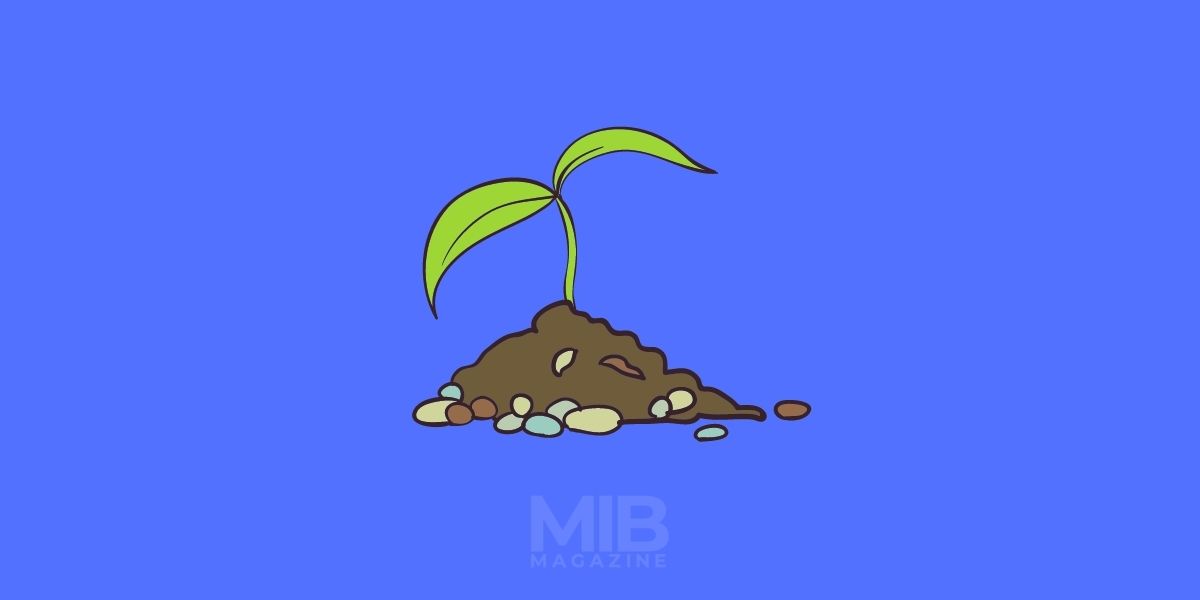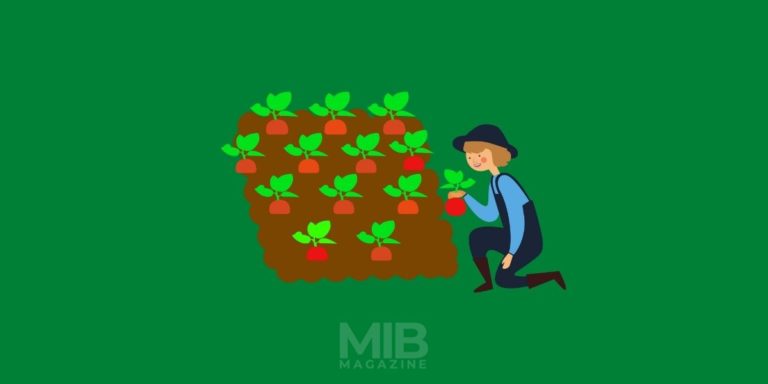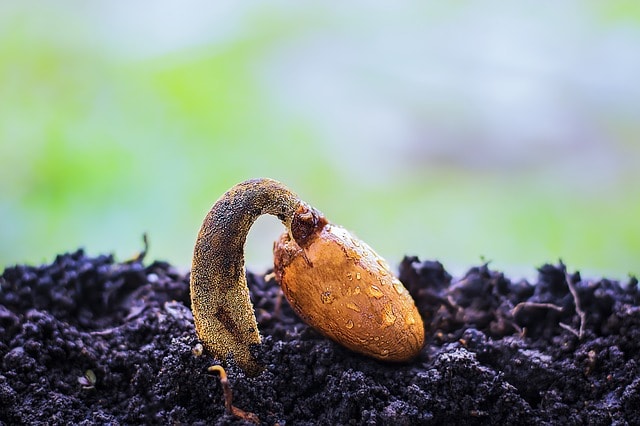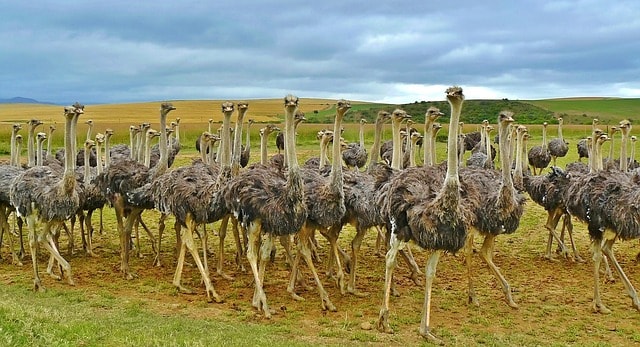Using Technologies to Restore Agricultural Soil

As much as we benefit from agricultural products, it is gradually becoming unpopular in the minds of many environmentalists. This is because agriculture also significantly contributes to the degradation of our ecosystems despite providing us with food. Agriculture itself is not harmful. Most people have a problem with some agricultural practices because these methods strain natural resources and ecosystems. For example, excess use of water, pesticides, and herbicides has a damaging impact on the environment like water pollution and soil degradation, including due to soil salinization effects.
So, is farming really as bad as environmentalists make it to be? The answer lies in the type of farming practices that are carried out on the field. Regenerative agriculture is a farming practice that has negated the effects of bad farming practices. It also helps to make agriculture more efficient and environmentally friendly.
What is agricultural soil restoration?
Regenerative agriculture is a group of practices that aims to decrease the negative impacts farming has on the environment. It ensures that the land has constant nutrients for the crop grown on the farm. These types of practices are sustainable and boost farmland fertility and productivity without destroying the surrounding ecosystems. This ensures that very little or no harm is done to the environment.
Some of the practices involve no-tillage, restoration of the land, minimizing the use of pesticides, planting cash crops, and a host of others. These will help increase soil fertility and crop yield while improving natural resources in the soil. That is why it is called regenerative farming. Now, we will talk more about some of the technologies that can help in soil restoration.
Satellite data monitor soil salinity.
In recent years, satellite technology has played a crucial role in agriculture. The soil salinity level is one of the major determinants of soil fertility. Now, experts can use satellite data and remote sensing techniques to monitor soil salinity. Using new satellites with good spectral and spatial resolution, experts can measure the spectral properties of saline soils and the spatial distribution of fields under study. With this data, they can accurately map the salinity level on large fields. According to research, multispectral satellites have the best sensors for monitoring salinity. Also, the measurement of vegetation indices is an indirect indicator of soil salinity. This is because crops do not thrive on soils with high salinity. So, using tools like EOS Crop Monitoring by EOS Data Analytics, farmers can monitor vegetation indices, such as NDVI, NDRE, MSAVI, ReCI, NDMI to determine problem areas on the field timely, send a scout for the reason identification, and plan the actions accordingly.
Soil salinization reasons
This process can occur due to human and natural factors. Some of the main events that can lead to soil salinization include massive loss of organic matter due to global warming; the wind can carry salts from distant lands; the topography of the field; use of excess fertilizers with high salt contents; excess irrigation with saline waters, and much more.
The most common human cause of increased soil salinity is irrigation with saline waters. When a field is being irrigated, the water comes with its salts. The grass and trees on the field take up the water and leave the salts behind, thereby increasing the number of salts on the land. Also, some irrigated water sinks into the land and raises the waterbed. As it rises, it comes along with salts which add to the ones already deposited by the irrigated water.
Soil salinization effects
We can find the effects of increased soil salts in both man-made and natural environments. Much of the increased soil salinity in man-made areas is due to progressive industrialization and urbanization, which may pollute water sources, decrease soil fertility, and cause the destruction of ecosystems.
Also, a high concentration of salts in the soil can disrupt the process of water absorption by plants. This is because naturally, water moves from a low salts concentration to high salts concentration. If the soil has a significantly higher salt concentration, then the plants will be unable to get water from it. Instead, it may cause the reverse, which is the drawback of water from the plants to the soil. This can cause the crops to wither and die.
Recommended Solutions
Here are some of the solutions that farmers can implement to fix soil salinity:
Improve land drainage: This is done by ploughing the soil to depths of about 60 to 80 cm. Ploughing can help to break the compacted soil that has been formed by the constant pressure from the tires of large machinery. Once this layer is broken down, water can easily drain to the lower layers of the soil and wash away the salts accumulated at the top.
Field rinsing: This process involves removing the salts by rinsing the land with large amounts of water containing little or no salts. It helps to dissolve the salts and transports them into the deeper layers of the soil.
Reduction of evaporation: When a field is bare, evaporation occurs easily, which leads to the reduction of water, leaving behind excess salts. However, when there is vegetation or mulch on the surface of the field, evaporation is reduced. Thereby the salts are constantly being kept in an aqueous solution. This makes rinsing much easier.
Application of chemical treatments: The land is treated with gypsum. This helps the sodium ions present on the field as salts can bind to the calcium ions found in gypsum rendering it harmless and will not interfere with plant absorption of nutrients.
How to prevent salinization
Preventing salinization starts with getting accurate information about the layout and what is happening in your field. One of the easiest ways to get this information is through satellite data. EOS Data Analytics is one of the most popular AI-powered satellite imagery analytics and satellite data providers. Using their EOS Crop Monitoring tool, farmers can obtain information on their field layout, crop health, historical field data, soil moisture and salinity, weather data, and crop rotation. Farm owners can use this data to modify their farming practices, such as crop rotation, use of gypsum, and optimizing water usage on their land, which can prevent soil salinization. They also have access to indices such as NDVI to determine where there may be high levels of salts.
FAQs
Technologies used to restore agricultural soil include tillage, cover cropping, mulching, composting, crop rotation, and the use of organic amendments.
Tillage helps to aerate the soil, reduce compaction, and reduce weed growth. It also encourages the growth of beneficial soil microorganisms.
Cover cropping involves planting an additional crop alongside a main crop. This helps to reduce erosion, improve water retention, and increase organic matter in the soil.
Mulching involves covering the soil with a layer of organic material, such as straw. This helps to reduce erosion, improve water retention, and increase organic matter in the soil.
Composting involves breaking down organic waste materials into a nutrient-rich soil amendment. This helps to improve soil structure and fertility.
Crop rotation involves alternating the type of crop grown in a particular area over time. This helps to reduce disease and pest problems, and improves soil fertility.
Organic amendments are substances derived from natural sources, such as manure, compost, and cover crops. These help to improve soil structure, fertility, and water retention.
Other technologies used to restore agricultural soil include crop selection, soil testing, and the use of fertilizers.
Soil testing is the process of analyzing soil samples to assess nutrient levels, pH levels, and other factors. This helps to identify areas of the soil that need to be improved.






